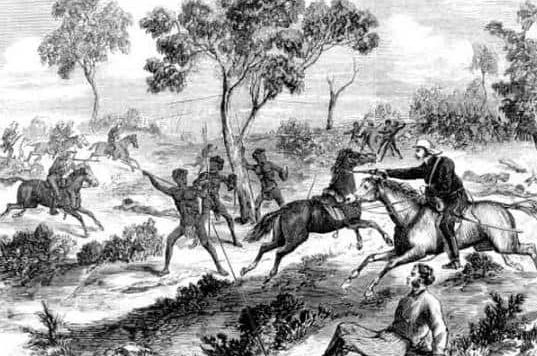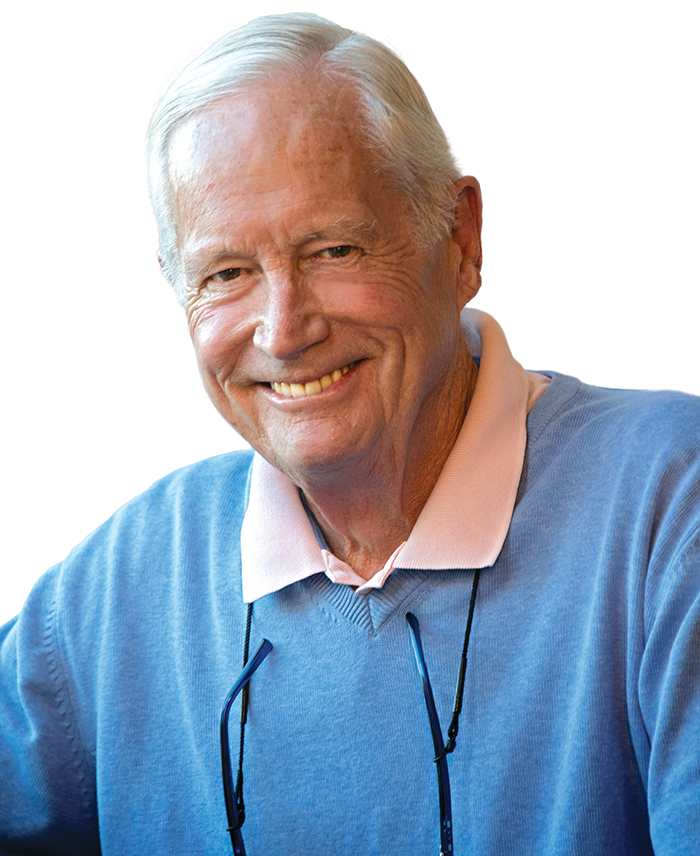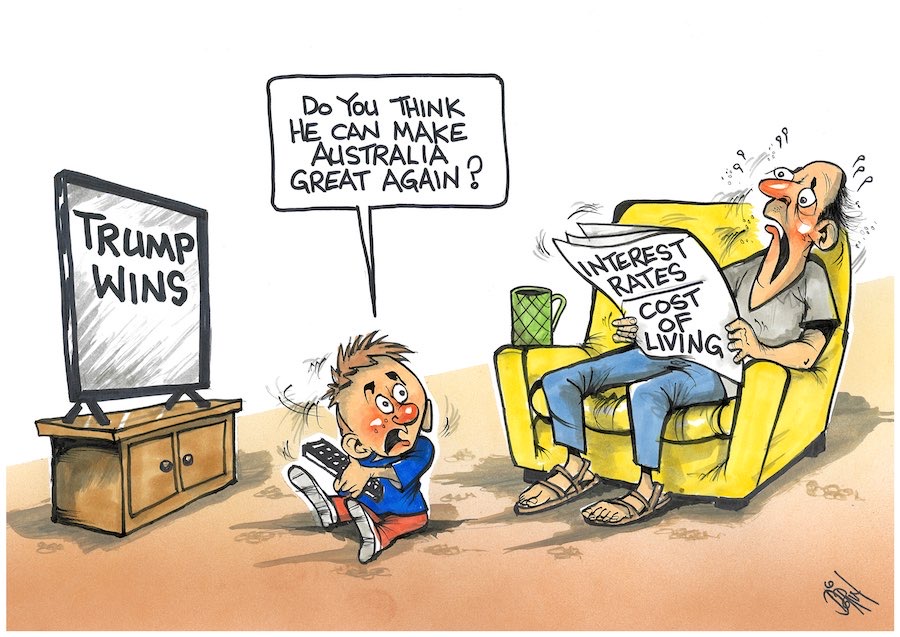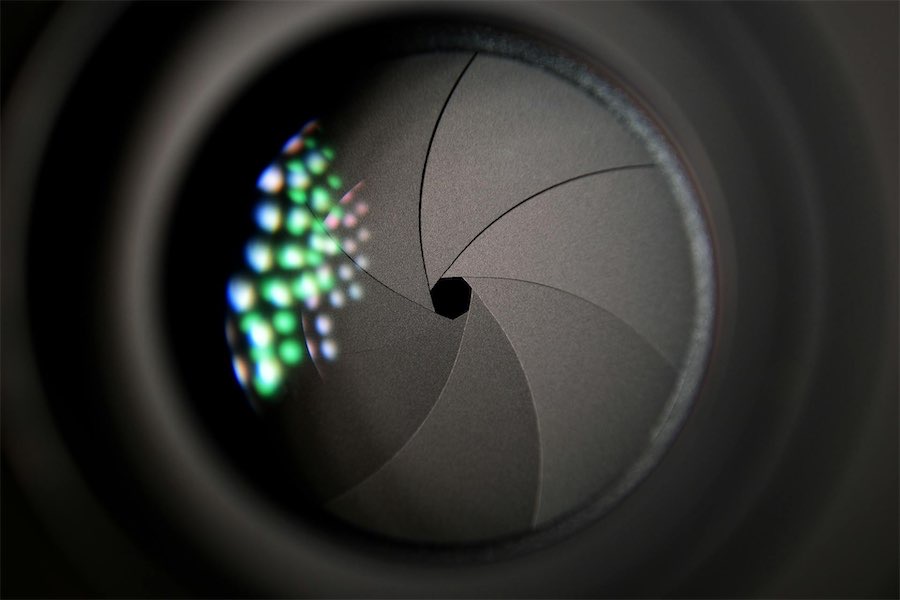
“When the academics, one after the other, reported that toll of 72,000 Aboriginal people murdered, my heart sank.,” writes ROBERT MACKLIN, inspired to write by ‘The Australian Wars’ TV program.
IT was the figure that finally did me in. Seventy-two thousand, or if you prefer 72,000. Either way, it was unbearable, for it was the number of children, women and men slaughtered by the British invaders of Aboriginal Australia.

It came towards the end of Rachel Perkins’ forensic, scarifying three-part series, “The Australian Wars” on SBS.
And it was delivered, not from some outraged Aboriginal activists but from a group of white, peer-reviewed academics who had spent years uncovering the reports of the day as the white settlers spread across the Australian landscape.
I had watched the series with growing horror as the killing began at the first arrival around Sydney Harbour under Arthur Phillip; spread to Parramatta and the southern highlands under a declaration of war by Lachlan Macquarie; to the whole of Tasmania under George Arthur where nothing less than genocide would do.
Then came the western plains, northern NSW and Queensland where the whitefella officers of the Aboriginal Mounted Police, co-opted by the government, carved a murderous path up the northern state before crossing the Barkly Tableland and the NT to the top of WA, and then down to meet the killers of the Noongar folk in the south-west.
By then, the estimated 800,000 Aboriginal population of the continent in 1788 had been halved and halved again by the wars, the imported diseases, social destruction and the oppression of the whitefellas.
Us.
We lost 60,000 men from a population of five million in World War I, fighting for the British Empire in Europe. I’m not sure that the sacrifice was worth it, but others might, and I’d be fascinated to hear their reasoning.
However, when the academics, one after the other, reported that toll of 72,000 Aboriginal people murdered, my heart sank.
The Aboriginal people were not perfect. They had some wacky ideas about the night sky and rainbow serpents; their ancestors probably wiped out most of the megafauna and the non-eucalyptus forests.
They constantly squabble between their mini-nations and they treated their womenfolk almost as badly as we did (and still do). But by 1788 they lived in harmony with the land and its creatures.
This same land of my birth began its white history with an attempt to exterminate an entire people. And here was I in my big, comfortable chair watching it all revealed through the magic of television and the courage and expertise of Rachel Perkins. It was insupportable… heartbreaking…
It’s no consolation, but I can’t help feeling there’s a kind of karma at work. Our rape of the environment is rebounding in a change to the climate itself, one that already seems beyond our grasp to contain, let alone reverse.
And as the temperature rises, so too, it seems, does the sense of desperation and delusion feed into the international politics of Putin, Trump, Pretend Emperor Xi Jinping and the other control freaks. Self-destruction beckons.
Sure, our new Prime Minister has begun to draw a line under the colonial horrors with his commitment to the Uluru Statement and a final break with the British overlords. But is it too little too late?
As I discovered in my research for the biography of Donald Thomson, the whitefella who carried the Aboriginal struggle into the heart of government until it killed him, “The Australian Wars” is only half the story.
What followed in the 20th century as we oppressed the survivors is almost as bad, and it’s ours alone to bear… and if possible in these uncertain days, to repair.
Who can be trusted?
In a world of spin and confusion, there’s never been a more important time to support independent journalism in Canberra.
If you trust our work online and want to enforce the power of independent voices, I invite you to make a small contribution.
Every dollar of support is invested back into our journalism to help keep citynews.com.au strong and free.
Thank you,
Ian Meikle, editor




Leave a Reply